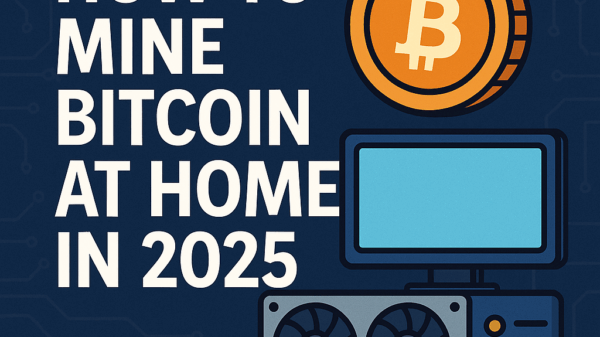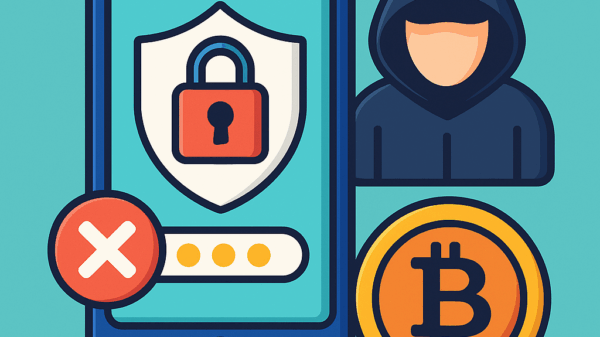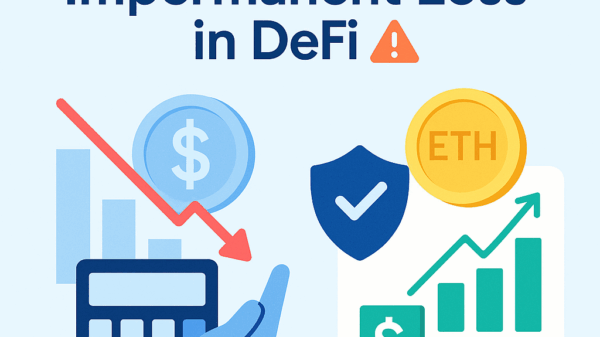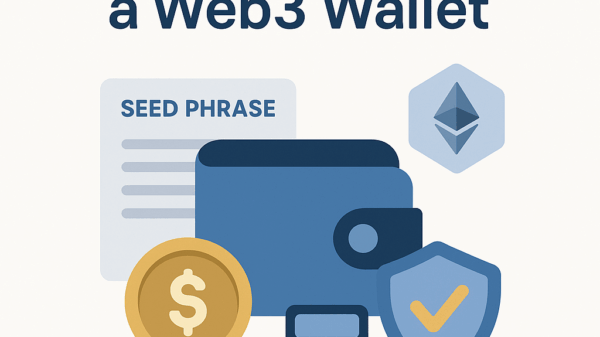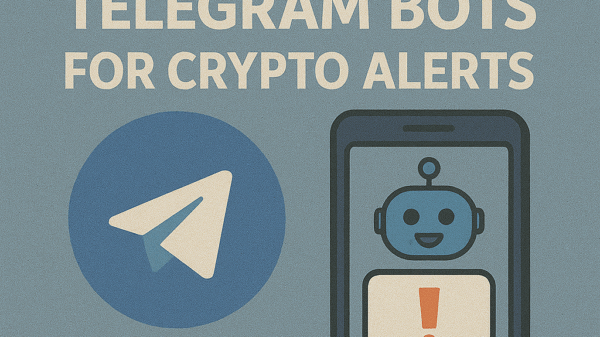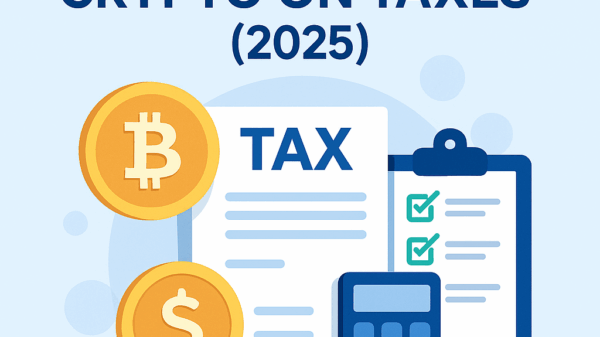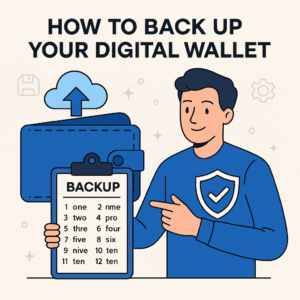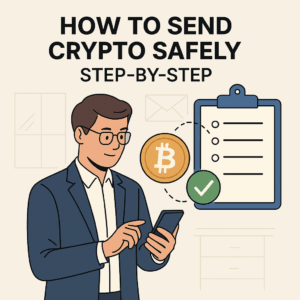How to Receive Crypto to Your Wallet
By Jason Miller – Crypto Writer 10.expert 🧠 Covering Bitcoin, altcoins, blockchain & Web3.
As a crypto writer and analyst, I often tell newcomers that while sending crypto can feel daunting due to its irreversibility, receiving crypto is generally a much simpler and safer process. However, even with receiving, understanding the fundamentals and common pitfalls is crucial to ensure your funds arrive securely in your wallet. It’s the essential first step to building your digital asset portfolio, whether you’re receiving a payment, withdrawing from an exchange, or getting a gift from a friend.
In 2025, with a multitude of blockchains, Layer 2 solutions, and various token standards, it’s more important than ever to be precise about which crypto you expect and on which network. A small oversight here can lead to lost funds. This guide will walk you through the process, ensuring your first (and subsequent) crypto receipts are smooth and successful.
Let’s dive into how to receive crypto to your wallet like a pro.
Understand What a Crypto Address Is: Your Digital Mailbox 💡
- A crypto wallet address is a unique string of alphanumeric characters (e.g.,
0x...for Ethereum,bc1...for Bitcoin) that acts as your public identifier on a blockchain, similar to an email address for receiving messages. - Your address is public, and it’s safe to share it for receiving funds. It does not compromise your private keys.
Access Your Wallet and Select the Desired Cryptocurrency 📱💻
- Open your chosen crypto wallet (e.g., MetaMask, Trust Wallet, Ledger Live, or your exchange wallet like Coinbase, Binance).
- Navigate to a button typically labeled “Receive,” “Deposit,” or a QR code icon.
- Choose the specific cryptocurrency you intend to receive (e.g., BTC, ETH, USDT, SOL). This is critical – attempting to receive Bitcoin to an Ethereum address (or vice-versa) will result in lost funds.
Crucial: Confirm the Correct Network! 🔗
- This is the most common reason funds are lost when receiving.
- Most cryptocurrencies can exist on multiple blockchains (e.g., USDT can be ERC-20 on Ethereum, BEP-20 on BNB Smart Chain, TRC-20 on Tron, etc.).
- Ensure the sender is sending on the exact same network that your wallet address supports and is set to receive on. If the sender sends ERC-20 USDT to your BEP-20 USDT address, your funds will likely be lost.
- Your wallet’s “Receive” screen will often explicitly state the network (e.g., “Receive ETH on Ethereum Mainnet,” “Receive USDT (ERC-20)”). Communicate this clearly to the sender.
Locate and Copy Your Receiving Address 📋
- Your wallet will display your receiving address, often with a “copy” button. Always use this button to copy the full address.
- A QR code representation of your address will also be available. The sender can scan this directly using their wallet app.
- Share the copied address via a secure communication channel (e.g., encrypted messaging app, direct verbal confirmation).
- If possible, have the sender read back the first few and last few characters of the address to you before they initiate the transfer. This adds a crucial layer of verification.
Await the Transaction Confirmation ⏱️
- Once the sender initiates the transaction, it needs to be processed and confirmed by the blockchain network. This can take anywhere from seconds (for chains like Solana) to minutes (for Ethereum) or even longer (for Bitcoin, especially during congestion).
- Ask the sender for the transaction ID (TxID or transaction hash). This unique identifier allows you to track the transaction’s status on a blockchain explorer.
Monitor the Transaction on a Block Explorer 🔍
- Use the appropriate blockchain explorer (e.g., Etherscan for Ethereum and EVM chains, Blockchain.com for Bitcoin, Solscan for Solana) and paste the TxID into the search bar.
- You can see the transaction’s status (pending, confirmed), the number of confirmations it has received, and its progress toward your wallet.
Verify Funds in Your Wallet ✅
- Once the transaction shows as “confirmed” on the blockchain explorer and has a sufficient number of confirmations (often 1 or more for most wallets/exchanges to display, but many require 6+ for full settlement), check your wallet.
- You might need to refresh your wallet app or browser extension for the balance to update. The received funds should now appear in your balance.
Troubleshooting: Funds Not Showing Up? 🤔
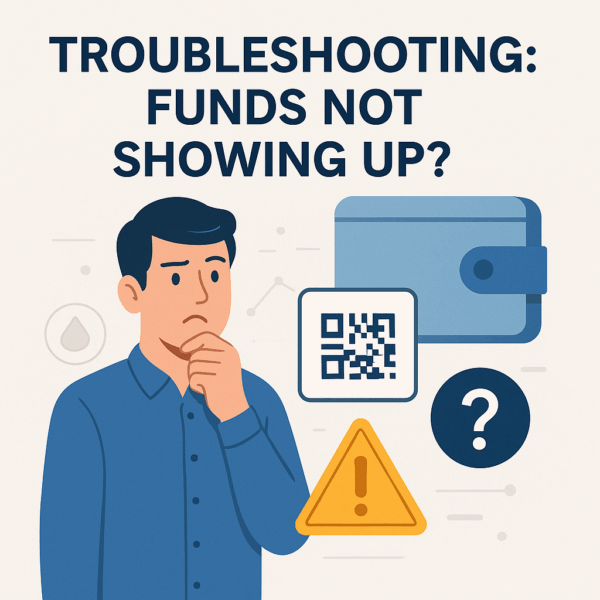
- Check Network: Re-verify with the sender that they sent it on the correct network. If they sent it on a network your wallet doesn’t support, funds might be lost or require complex recovery.
- Check Token Address: If it’s an ERC-20 (or similar standard) token, ensure you’ve added the custom token contract address to your wallet, as some non-native tokens don’t automatically display.
- Transaction Status: Check the TxID on the block explorer again. Is it confirmed? If it’s pending, simply wait.
- Contact Support: If it’s a deposit to a centralized exchange and all details seem correct, contact their support. If it’s to a self-custody wallet, and you’ve confirmed the network/address, the issue might be on the sender’s side or a network delay.
Understand Different Address Formats 🔡
- EVM Chains: Most Ethereum-compatible chains (Polygon, Arbitrum, BSC, Avalanche C-Chain) use addresses starting with
0x. Your ETH address typically works for these, but you must ensure your wallet is switched to the correct network to see the funds. - Bitcoin: Bitcoin has different address formats (Legacy P2PKH starting with
1, SegWit P2SH starting with3, and Native SegWit bech32 starting withbc1). Most wallets support sending to and from all of them, but it’s good to be aware. - Other Chains: Solana addresses are long alphanumeric strings, XRP addresses begin with
r, etc. Always confirm the specific format for the asset and chain.
Memo/Tag Requirement (for Exchanges) 📝
- When sending/receiving certain cryptocurrencies (e.g., XRP, XLM, BNB, EOS) to or from centralized exchanges, you might need to include a “Memo,” “Tag,” or “Destination Tag” in addition to the wallet address.
- If you fail to include this or include the wrong one, your funds will arrive at the exchange’s main wallet but won’t be credited to your specific account, potentially leading to permanent loss. Always check if a memo/tag is required.
Beware of Address Poisoning Scams 🛡️
- Scammers may send a tiny, zero-value transaction to your wallet from an address that looks almost identical to one you frequently interact with (e.g., your own deposit address on an exchange).
- The goal is that you might accidentally copy this “spoofed” address from your transaction history for a future outgoing transaction, thinking it’s the legitimate one.
- Always double-check the entire address, not just the beginning and end. Better yet, use your address book or a whitelist feature if available.
- No legitimate party or process requires your private keys or seed phrase to receive crypto. Anyone asking for this is a scammer.
Use a Whitelist Feature (on CEXs) 📑
- Some centralized exchanges allow you to set up a “whitelist” of approved crypto addresses. This means you can only send to (and sometimes receive from) addresses you’ve pre-authorized. This is an extra layer of security against compromised accounts.
Backup Your Wallet (Non-Custodial) ✍️
- Before receiving substantial amounts of crypto to a non-custodial wallet, ensure you have securely backed up your seed phrase offline in multiple locations. This protects your funds if your device is lost, stolen, or damaged.
By understanding these essential steps and adopting a cautious approach, receiving crypto becomes a straightforward and secure process, allowing you to confidently grow your digital asset holdings.

